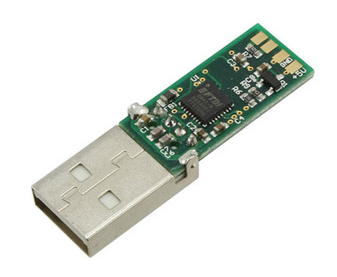smt refers to Surface Mounted Technology, also known as Surface Mounting or Surface Mounting Technology, which is a popular technology and process in the electronics assembly industry.
Under normal circumstances, the electronic products used are designed by PCB circuit boards plus various capacitors, resistors and other electronic components according to the designed circuit diagram. All kinds of electrical appliances require various smt chip processing techniques to process .
The basic process flow of smt includes solder paste printing, part placement, reflow soldering, AOI optical inspection, maintenance and sub-boarding, etc.
The SMT chip processing technology can save materials, energy, equipment, manpower, time, etc., and greatly reduce the cost, so now electronic products are processed by smt.

In SMT processing and repair, chip components are one of the materials that have more contact. In SMT processing, chip components need to be replaced from time to time. It seems very simple to replace chip components, but there are still many tricks in it. If you do not pay attention, it is still very troublesome to operate. In order to ensure product quality, you need to replace chip components in strict accordance with relevant requirements.
Before the replacement of chip components in SMT processing and repair, you need to prepare an electric soldering iron that is connected to the ground and the temperature can be controlled. The width of the soldering iron tip must match the size of the metal end face of the chip component, and the soldering iron needs to be heated to 320 degrees Celsius. In addition to the electric soldering iron, you also need to prepare basic tools such as tweezers, tin strips, fine low-temperature rosin, and welding wire.
When replacing, put the soldering iron tip directly on the upper surface of the damaged component. When the solder on both sides of the component and the adhesive below it melt, use tweezers to remove the component. Immediately afterwards, the residual tin on the circuit board is sucked up with a tin removal strip, and then the adhesive and other stains on the original pad are wiped with alcohol.
Usually, only a proper amount of solder is applied to one pad on the circuit board; then the component is placed on the pad with tweezers. In order to quickly heat the tin on the pad, the molten tin contact chip component needs to be placed on the metal end, but Never touch the component with the soldering iron tip.
It should be noted that as long as one end of the newly replaced chip component has been fixed, the other end can be soldered, but pay more attention to heating the pad on the PCB circuit board and add an appropriate amount of solder to make the pad and the component end face Form a bright arc. The amount of solder must not be too much, so as not to flow to the bottom of the component and short-circuit the pad; for the same reason, only the molten tin can be dipped into the metal end of the component during soldering, and the soldering iron tip should not touch the component to complete the entire replacement. process.